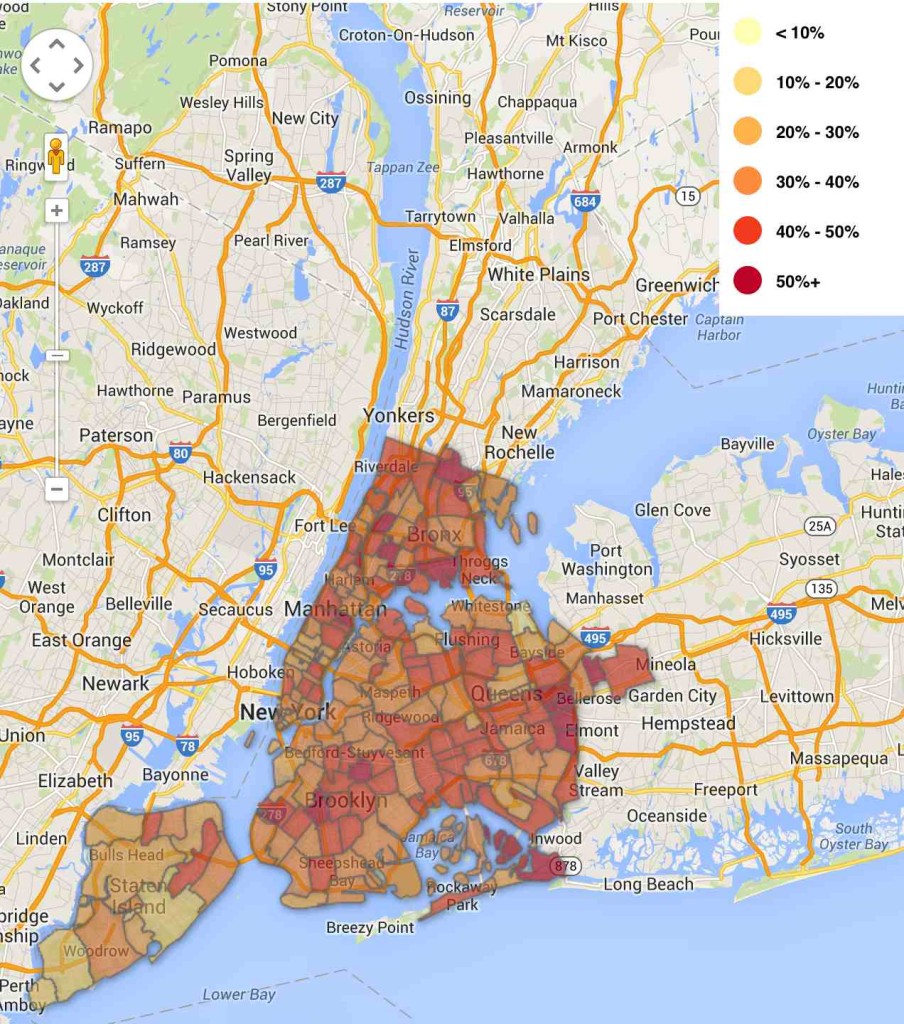Australia is an Internet backwater.
 In that context, the best thing about Australia is, McDonalds.
In that context, the best thing about Australia is, McDonalds.
Every café and bakery and bookstore, they’ll provide 15 minutes of wi-fi if a purchase is made. Hotels will sell it to guests at $10/hour (I’m not making this up).
Not McDonalds – free wi-fi at many of their stores.
So I’ve been hanging out at a mall in Brisbane’s CBD (central business district) for the past few days, tapping McDonalds’ free wi-fi.
I never hang out at the mall.
Food courts and restaurants in shopping malls are particularly vulnerable to roach and rodent infestations because clothing stores, electronics outlets and other mall standbys aren’t subject to health regulations or inspections, and pests often sneak into malls by hiding in shipping and packaging boxes.
Kevin Chinnia, manager of Montgomery County’s health inspectors, told the Washington Examiner,
"Malls are a wide-open space, and it’s a lot more difficult to manage than if you have a stand-alone structure that you can monitor yourself.”
Virginia and Maryland health inspectors cited roughly three-quarters of all mall food vendors for violating critical health regulations during the past year, according to an  analysis of health records at 12 local malls conducted by The Washington Examiner.
analysis of health records at 12 local malls conducted by The Washington Examiner.
The Food and Drug Administration defines critical violations as those posing an "imminent health hazard" to diners. Such violations range from improper hand washing to serving contaminated food, and, depending on the severity of the infraction, can lead to a restaurant losing its food service license.
Local health officials spotted live rodents, rodent droppings or cockroaches — dead and alive, clinging to food preparation machines and even to workers — at more than 10 percent of mall eateries.




 rodent nesting site, and one dead rodent in the warehouse, as well as live and dead insects in, on, and around food products. The investigators took immediate action, issuing a detention order covering all of the food in the facility not in hermetically sealed containers at the end of their inspection.
rodent nesting site, and one dead rodent in the warehouse, as well as live and dead insects in, on, and around food products. The investigators took immediate action, issuing a detention order covering all of the food in the facility not in hermetically sealed containers at the end of their inspection. report. But all the owner would say is, it wasn’t a good time and our crew needed to leave.
report. But all the owner would say is, it wasn’t a good time and our crew needed to leave.  In that context, the best thing about Australia is, McDonalds.
In that context, the best thing about Australia is, McDonalds. In that context, the best thing about Australia is, McDonalds.
In that context, the best thing about Australia is, McDonalds.
.jpg) The Calgary Herald reports
The Calgary Herald reports